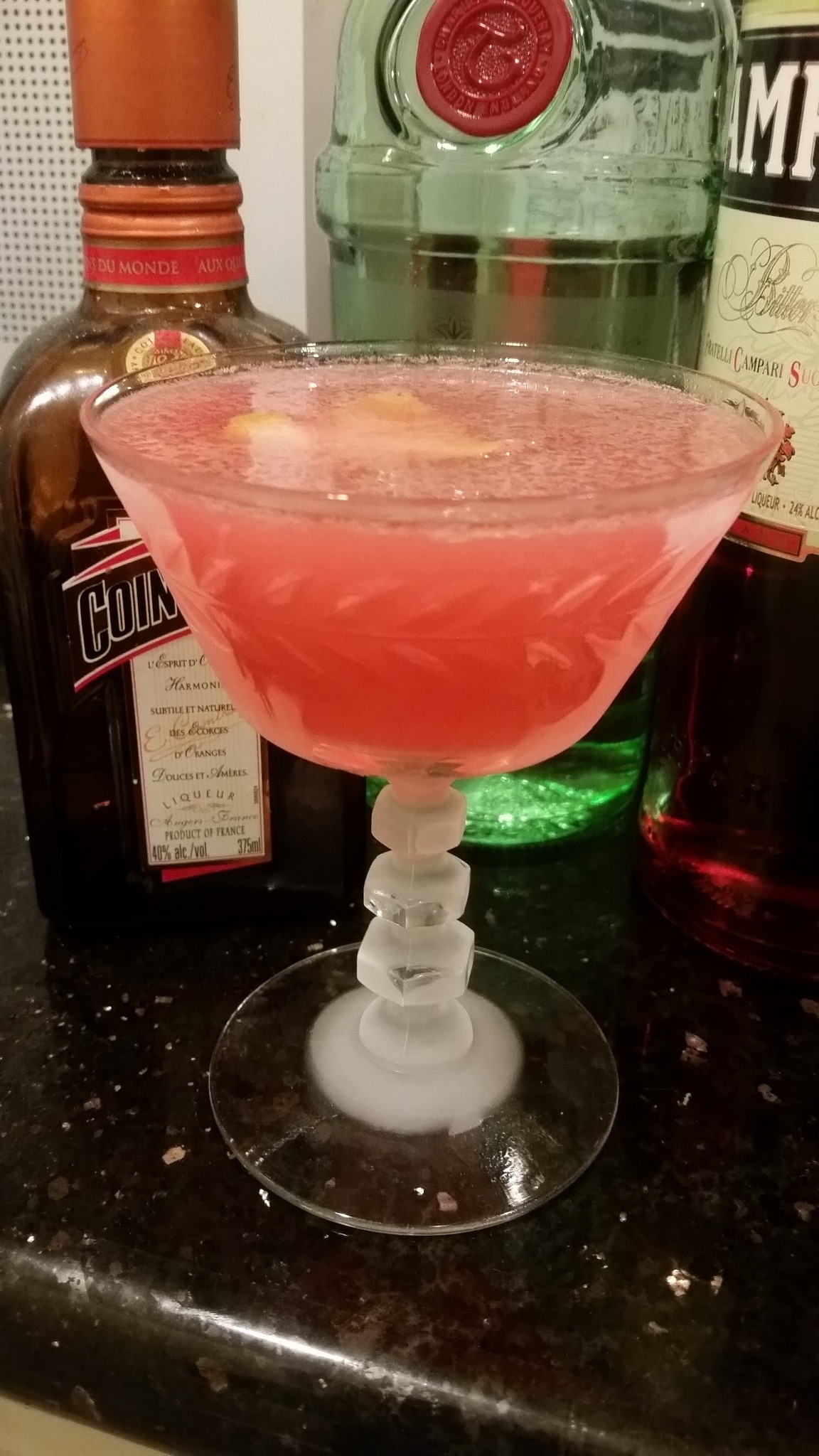Drink of the Week: The Jasmine Cocktail (Robert Hess’s Take)
 I found the Jasmine Cocktail, or simply Jasmine, in Robert Hess’s oh so reliable “The Essential Bartender’s Guide.” Today’s recipe, however, is actually the second version of the recipe that Hess presents and I decided to do this version for a reason. You see, while the ingredients in both Hess’s version and the original, reportedly created by bartender and writer Paul Harrington in the 1990s, are the same, the proportions of everything but the base spirit are wildly different.
I found the Jasmine Cocktail, or simply Jasmine, in Robert Hess’s oh so reliable “The Essential Bartender’s Guide.” Today’s recipe, however, is actually the second version of the recipe that Hess presents and I decided to do this version for a reason. You see, while the ingredients in both Hess’s version and the original, reportedly created by bartender and writer Paul Harrington in the 1990s, are the same, the proportions of everything but the base spirit are wildly different.
Harringtons’s gin-based cocktail is relatively heavy on lemon juice, light on flavoring elements and, as I’ve often mentioned, very tart drinks aren’t really my super favorites, though I’m usually fine with more bitter flavors. Since the Hess version takes down the lemon juice slightly while significantly increasing the proportion of two bittersweet cocktail standbys, Campari and Cointreau, I was naturally more attracted to his version.
Still, I’m liking the Jasmine Cocktail a la Hess so much that I’ve grown curious about the original. So, stay tuned for that next week. In the meantime, here’s my slightly altered take on the Hess iteration.
The Jasmine Cocktail
1 1/2 ounces gin
1 ounce Cointreau or triple sec
3/4 ounce Campari
1/2 ounce fresh lemon juice
1 lemon twist (optional garnish)
Combine all the liquids in a cocktail shaker with plenty of ice and shake vigorously. Strain into a chilled cocktail glass and, if you like, add a lemon twist garnish. (I thought the twist helped slightly when I used Cointreau and hurt slightly when I used triple sec.)
****
My main change from the Hess recipe is that I allow the use of ordinary triple sec. As liqueurs go, Cointreau is a fairly pricey option, often nearly $45 or more for 750 ml here in California, unless you find it on sale. A decent triple sec, however, is about $12 for the same amount.
In terms of flavor, triple sec can definitely be cloying in the wrong drink, but in the right drink, it can be just the thing. And in this case, I actually think I prefer it slightly to the version with the far more bittersweet Cointreau, though I really have nothing but good things to say about pretty much all the iterations I tried. All I can say is that the triple sec flavor replaced bitterness with a fascinating, hard-to-describe flavor in the back of my mouth. In this case, using the lemon twist only accentuated the tart flavors and actually made the drink less interesting.
My choice of gins was two types of Tanqueray. The standard worked, I think, a bit better than the very tangy Tanqueray Rangpur, which is heavy on the flavor of the limes from which it takes it name. There’s already a lot of citrus going on here.
Of course, next time I try this, there’ll be even more citrus. Stay tuned.
Related Posts
Posted in: Food & Drink, Lifestyle, Vices
Tags: cocktails, Drink of the Week, Happy Hour, Paul Harrington, Robert Hess, The Jasmine Cocktail





